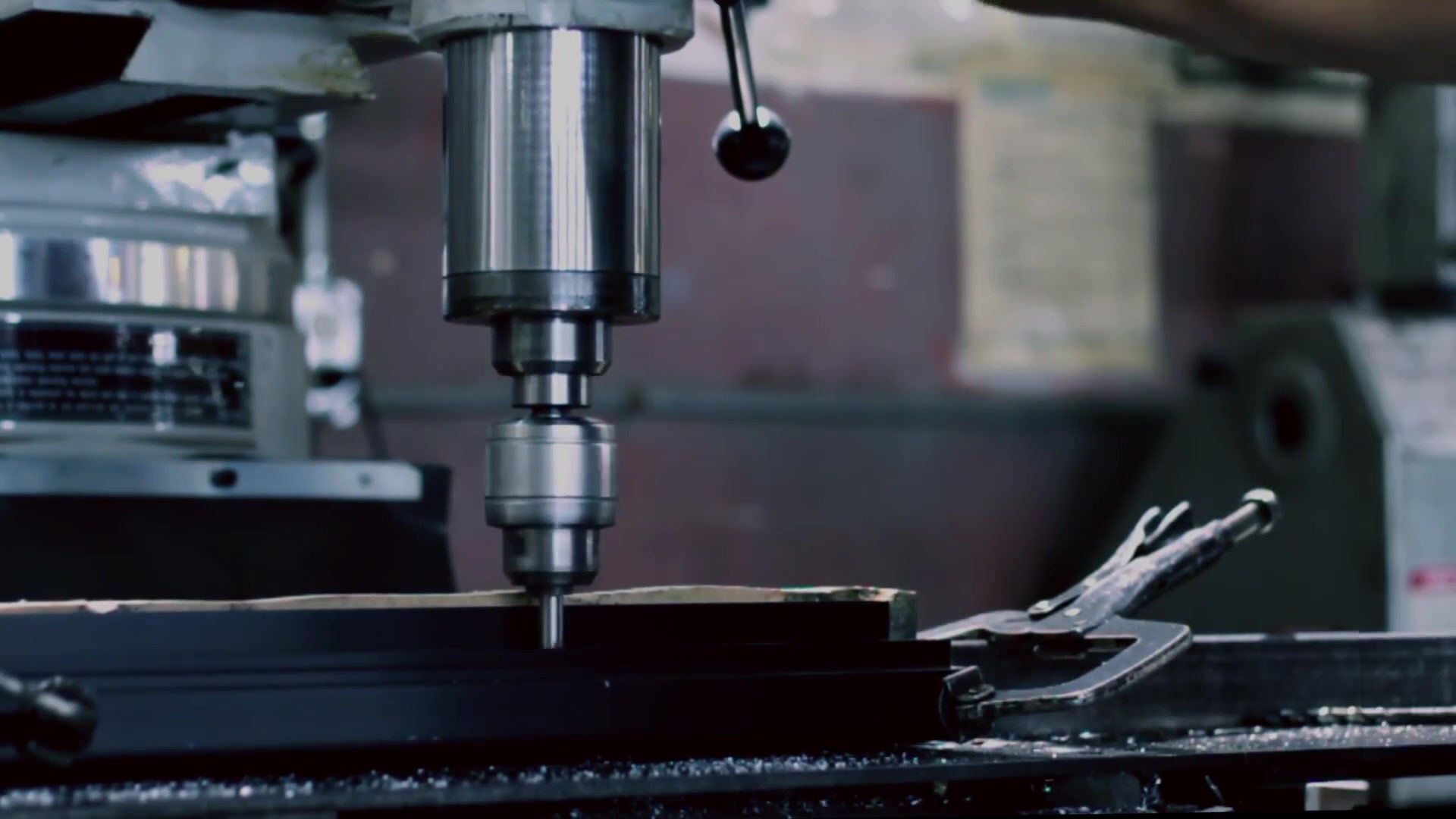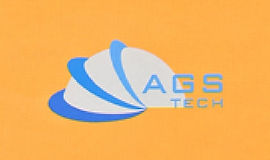


Global Custom Manufacturer, Integrator, Consolidator, Outsourcing Partner for a Wide Variety of Products & Services.
We are your one-stop source for manufacturing, fabrication, engineering, consolidation, integration, outsourcing of custom manufactured and off-shelf products & services. We also private label / white label your products with your brand name if you wish.
Choose your Language
-
Custom Manufacturing of Parts, Components, Assemblies, Finished Products, Machines and Industrial Equipment
-
Domestic & Global Contract Manufacturing
-
Manufacturing Outsourcing
-
Domestic, Global Procurement of Industrial Products
-
Private labeling / White Labeling your Products with your Brand Name
-
Product Finding & Locating Services
-
Global Design and Channel Partnership
-
Engineering Integration
-
Engineering Services
-
Global Consolidation, Warehousing, Logistics
AGS-TECH Inc. offers you power transmission components including GEARS & GEAR DRIVES. Gears transmit motion, rotating or reciprocating, from one machine part to another. Where necessary, gears reduce or increase the revolutions of the shafts. Basically gears are rolling cylindrical or conic-shaped components with teeth on their contact surfaces to ensure positive motion. Please note that gears are the most durable and rugged of all mechanical drives. Most heavy-duty machine drives and automobiles, transportation vehicles preferably use gears rather than belts or chains. We have many kinds of gears.
- SPUR GEARS: These gears connect parallel shafts. Spur gear proportions and teeth shape are standardized. Gear drives need to be operated under a variety of conditions and therefore it is very difficult to determine the best gear set for a particular application. The easiest is to select from stocked standard gears with an adequate load rating. Approximate power ratings for spur gears of various sizes (number of teeth) at several operating speeds (revolutions/minute) are available in our catalogs. For gears with sizes and speeds not listed, ratings can be estimated from values shown on special tables and graphs. Service class and factor for spur gears is also a factor in the selection process.
- RACK GEARS: These gears convert spur gears motion to reciprocating or linear motion. A rack gear is a straight bar with teeth that engage the teeth on a spur gear. The specifications for the teeth of the rack gear are given in the same manner as for spur gears, because rack gears can be imagined as spur gears having an infinite pitch diameter. Basically, all circular dimensions of spur gears become linear fir rack gears.
- BEVEL GEARS (MITER GEARS and else): These gears connect shafts whose axes intersect. The axes of bevel gears may intersect at an angle, but the most common angle is 90 degrees. The teeth of bevel gears are the same shape as spur gear teeth, but taper toward the cone apex. Miter gears are bevel gears having the same diametral pitch or module, pressure angle and number of teeth.
- WORMS and WORM GEARS: These gears connect shafts whose axes do not intersect. Worm gears are used to transmit power between two shafts that are at right angles to each other and are nonintersecting. Teeth on the worm gear are curved to conform with the teeth on the worm. The lead angle on worms should be between 25 and 45 degrees to be efficient in power transmission. Multi-thread worms with one to eight threads are used.
- PINION GEARS: The smaller of the two gears is called pinion gear. Often a gear and pinion are made of different materials for better efficiency and durability. The pinion gear is made of a stronger material because the teeth on the pinion gear come into contact more times than the teeth on the other gear.
We have standard catalog items as well the capability to manufacture gears according to your request and specifications. We also offer gear design, assembly and manufacturing. Gear design is very complicated because designers need to be dealing with problems such as strength, wear and material selection. The majority of our gears are made of cast iron, steel, brass, bronze or plastic.
We have five levels of tutorial for gears, please read them in the given order. If you are not familiar with gears and gear drives, these tutorials below will help you in designing your product. If you prefer, we can also assist you in choosing the right gears for your design.
Click on highlighted text below to download the relevant product catalog:
- Introductory guide for gears
- Guide for practical use of gears
- Technical reference guide for gears
To help you compare applicable standards related to gears in different parts of the World, here you can download:
Equivalency Tables for Standards of Raw Material and Gear Precision Grade
Once more, we would like to repeat that in order to purchase gears from us, you do not need to have a particular part number, size of gear….etc handy. You do not need to be an expert in gears and gear drives. All you need is really to provide us as much information as possible regarding your application, dimensional limitations where the gears need to be installed, maybe photos of your system…and we will help you. We use computer software packages for the integrated design and manufacture of generalized gear pairs. These gear pairs include cylindrical, bevel, skew-axis, worm and worm wheel, along with non-circular gear pairs. The software we use is based on mathematical relations that differ from established standards and practice. This enables the following features:
• any face width
• any gear ratio (linear & nonlinear)
• any number of teeth
• any spiral angle
• any shaft center distance
• any shaft angle
• any tooth profile.
These mathematical relations seamlessly encompass different gear types to design and manufacture gear pairs.
Here are some of our off-shelf gear and gear drive brochures and catalogs. Click on colored text to download:
- Gears - Worm Gears - Worms and Gear Racks
- Slewing Rings (some have internal or external gears)
- Worm Gear Speed Reducers - WP Model
- Worm Gear Speed Reducers - NMRV Model
- T-Type Spiral Bevel Gear Redirector
Reference Code: OICASKHK


















